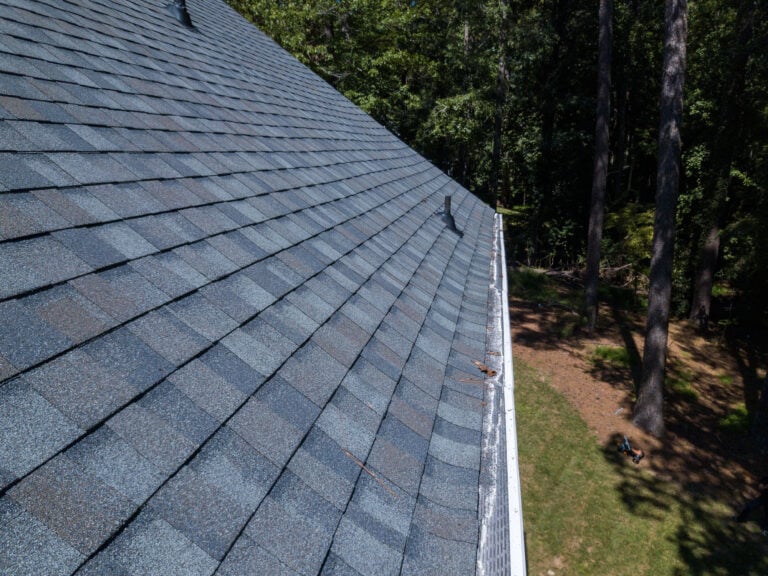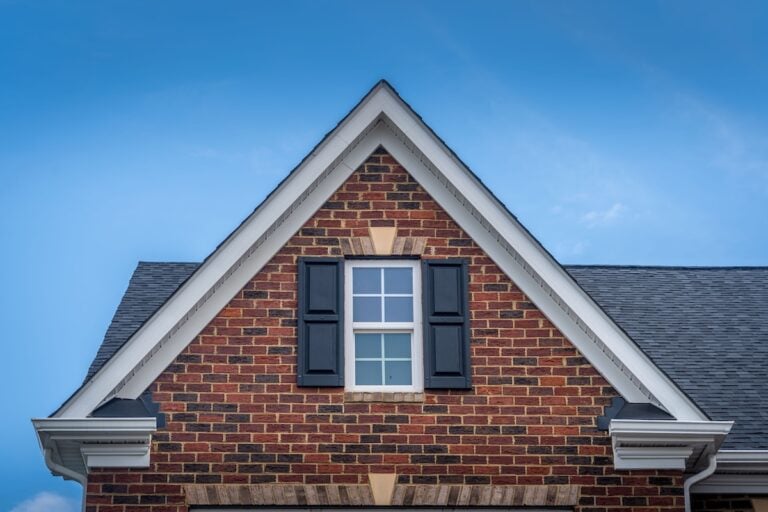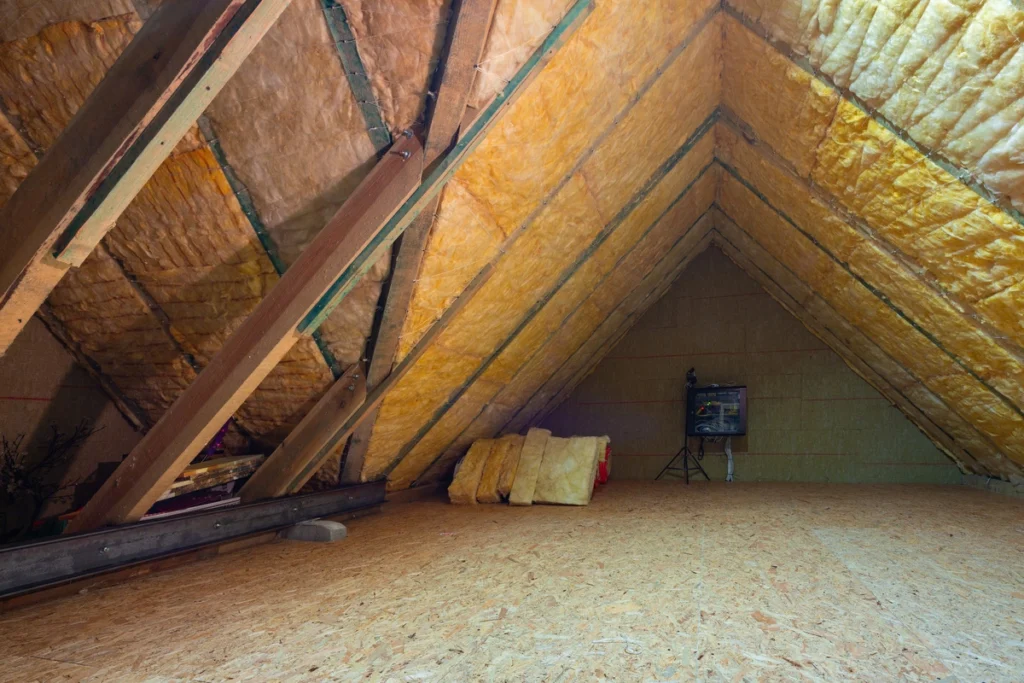
When it comes to maintaining an energy-efficient home, few investments offer as high a return as proper attic insulation. A well-insulated attic can drastically reduce energy bills, improve indoor comfort, and help protect your roof from the elements. But with so many types of insulation available, how do you choose the best one for your attic?
In today’s blog, we’ll explore the three most popular types of attic insulation:
- Fiberglass
- Cellulose
- Spray Foam
We’ll weigh their benefits and drawbacks, providing you with the information you need to make an informed decision. Keep reading to find out more about the best insulation for attic spaces!
Why Insulate Your Attic?
There are tons of reasons to insulate your attic, including:
- Energy Efficiency: One of the primary reasons to insulate your attic is to improve your home’s energy efficiency. Proper insulation reduces heat loss in the winter and keeps your home cooler in the summer. This leads to lower heating and cooling costs, saving you money on your energy bills.
- Comfort: Insulation helps maintain a consistent temperature throughout your home. Without it, you might experience hot or cold spots that can make your living space uncomfortable.
- Environmentally Friendly: Reducing your energy consumption is not just good for your wallet—it’s also good for the planet. By lowering your home’s energy use, you’re contributing to a healthier environment.
- Protect Your Home: Insulation can protect your home from moisture damage, which can lead to mold and structural issues. It’s an investment in the longevity and durability of your property.
3 Types of Attic Insulation
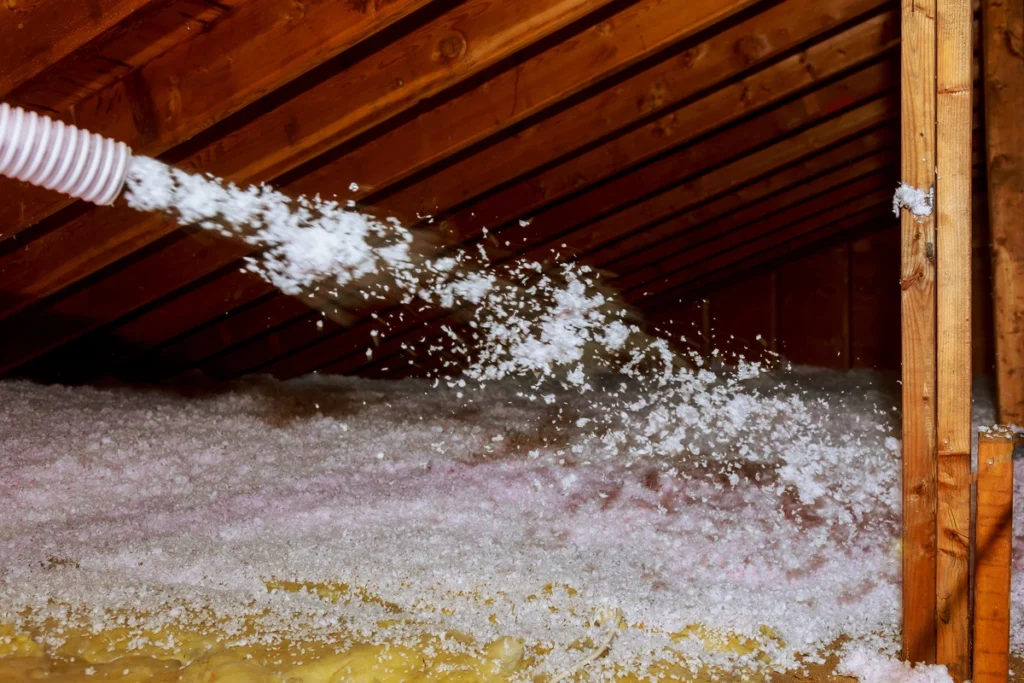
There are a lot of attic insulation types out there. But these ones? They are proven to get you results fast!
1) Fiberglass Insulation
Fiberglass insulation is one of the most common types of insulation used in attics. It consists of fine glass fibers and is usually available in batts or rolls.
Benefits
- Cost-Effective: Fiberglass is generally less expensive than other types of insulation.
- Easy Installation: It can be installed by DIYers or professionals.
- Fire-Resistant: Fiberglass is non-combustible, offering an added layer of safety for your home.
- Moisture Resistant: It doesn’t absorb water, reducing the risk of mold and mildew.
Drawbacks
- Skin Irritation: The tiny glass fibers can cause skin irritation and itching.
- Lower R-Value: Fiberglass has a lower R-value per inch compared to other insulation types, meaning you may need more material to achieve the desired level of insulation.
- Air Gaps: Poor installation can leave gaps and voids, reducing its effectiveness.
2) Cellulose Insulation
Cellulose insulation is made from recycled paper products, primarily newsprint, and treated with fire retardants. It’s usually blown into the attic space.
Benefits
- Eco-Friendly: Made from recycled materials, cellulose is a green choice for insulation.
- High R-Value: It has a higher R-value per inch compared to fiberglass.
- Effective Air Barrier: Blown-in cellulose can fill gaps and voids better than batt insulation.
- Soundproofing: Cellulose also offers excellent soundproofing properties.
Drawbacks
- Moisture Sensitivity: Cellulose can absorb moisture, which may lead to mold and mildew.
- Settling: Over time, cellulose can settle, reducing its effectiveness.
- Installation: Professional installation is generally recommended, which can increase costs.
3) Spray Foam Insulation
Spray foam insulation is a liquid that expands into a solid foam, filling all nooks and crannies. It comes in two types—open-cell and closed-cell.
Benefits
- High R-Value: Spray foam has one of the highest R-values per inch, providing superior insulation.
- Air Seal: It creates an airtight seal, preventing air leaks and increasing energy efficiency.
- Moisture Barrier: Closed-cell spray foam acts as a moisture barrier, protecting against mold and mildew.
- Longevity: It doesn’t settle or degrade over time, maintaining its effectiveness.
Drawbacks
- Cost: Spray foam is significantly more expensive than other types of insulation.
- Professional Installation: Requires professional installation, adding to the cost.
- Chemical Sensitivity: Some people may be sensitive to the chemicals used in spray foam.
How to Choose the Best Insulation for Your Attic
Still not sure which style is right for you? Keep these factors in mind:
Climate
The climate in your area plays a significant role in determining the best type of insulation. Colder climates may benefit more from high R-value insulation like spray foam, while milder climates might find fiberglass or cellulose sufficient.
Budget
Your budget is another crucial factor. If cost is a primary concern, fiberglass may be the best option. However, if you’re looking for long-term savings and can afford the upfront cost, spray foam might be worth the investment.
DIY or Professional
Consider whether you want to install the insulation yourself or hire a professional. Fiberglass is relatively easy to install for DIYers, while cellulose and spray foam generally require professional installation.
Environmental Impact
If eco-friendliness is important to you, cellulose insulation is made from recycled materials and has a lower environmental impact compared to fiberglass and spray foam.
Existing Insulation
If you already have some insulation in your attic, you might not need to start from scratch. Sometimes adding a layer of insulation on top of existing material can be effective. For example, adding blown-in cellulose on top of fiberglass batts can improve overall insulation.
Step-by-Step Installation Guide
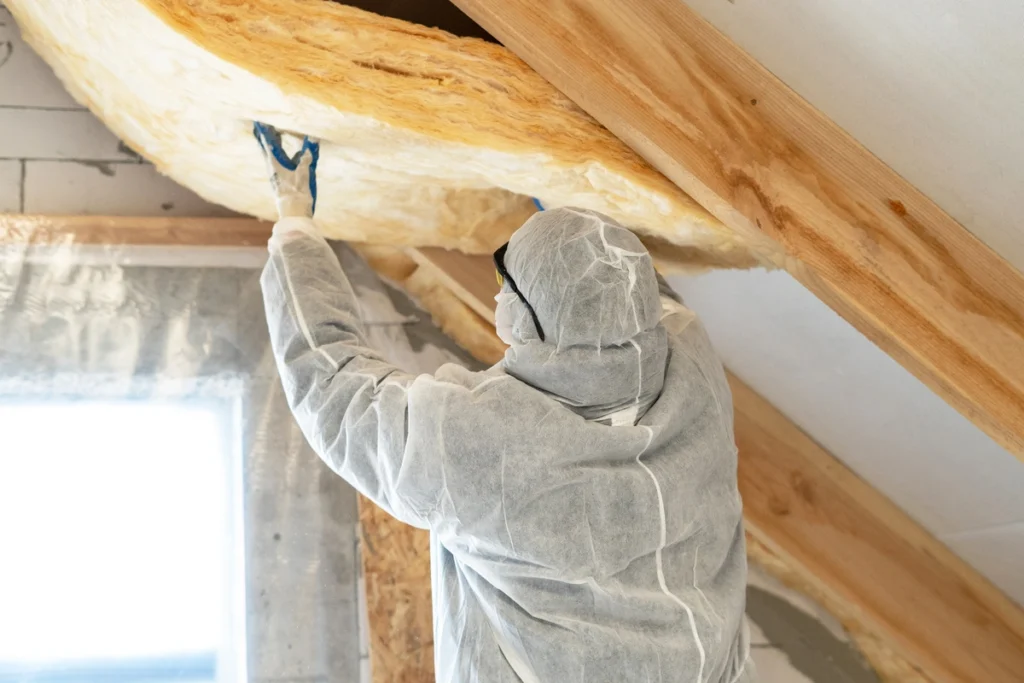
If you’re looking to learn more about installing insulation, we’ve got all the details you need for each style.
Fiberglass Installation
- Preparation: Measure the attic space to determine how much insulation you’ll need. Wear protective clothing, gloves, and a mask to prevent irritation.
- Seal Gaps: Use caulk or spray foam to seal any gaps or cracks in the attic floor.
- Install Batts/Rolls: Place the fiberglass batts or rolls between the joists, making sure they fit snugly without compressing the material.
- Layering: If you need more insulation, add a second layer perpendicular to the first to cover the gaps.
Cellulose Installation
- Preparation: Measure the attic space and calculate the amount of cellulose needed. Rent or purchase a blower machine.
- Seal Gaps: Seal any gaps or cracks in the attic floor.
- Blowing In: Use the blower machine to evenly distribute the cellulose insulation across the attic floor, making sure to cover all areas.
- Even Coverage: Check for even coverage and add more cellulose if necessary.
Spray Foam Installation
- Professional Assessment: Hire a professional to assess your attic space and determine the amount of spray foam needed.
- Preparation: Clear the attic of any debris or obstructions.
- Application: The professional will use specialized equipment to spray the foam into the attic. The foam will expand to fill all gaps and cavities.
- Curing: Allow the foam to cure as per the manufacturer’s instructions before using the attic.
Maintenance and Longevity
Maintenance is key to the longevity of your insulation. Follow these steps for healthy attic insulation that will go the distance!
Inspections
Regularly inspect your attic insulation for any signs of damage, moisture, or pests. Early detection can prevent more significant issues down the line.
Top-Ups
Over time, you may need to add more insulation, especially with materials like cellulose that can settle. Keep an eye on your attic’s insulation levels and top up as needed.
Ventilation
Ensure your attic is well-ventilated to prevent moisture buildup, which can compromise the effectiveness of your insulation.
Professional Attic Insulation Installation!
Choosing the best insulation for your attic depends on various factors, including your budget, climate, and personal preferences. Fiberglass, cellulose, and spray foam each offer unique benefits and drawbacks. By understanding these options, you can make an informed decision that improves your home’s energy efficiency, comfort, and overall value.
Ready to take the next step? Contact Palladium Roofing to assess your attic and determine the best insulation solution for your home. Investing in proper attic insulation is a decision that pays off in comfort, savings, and peace of mind.


